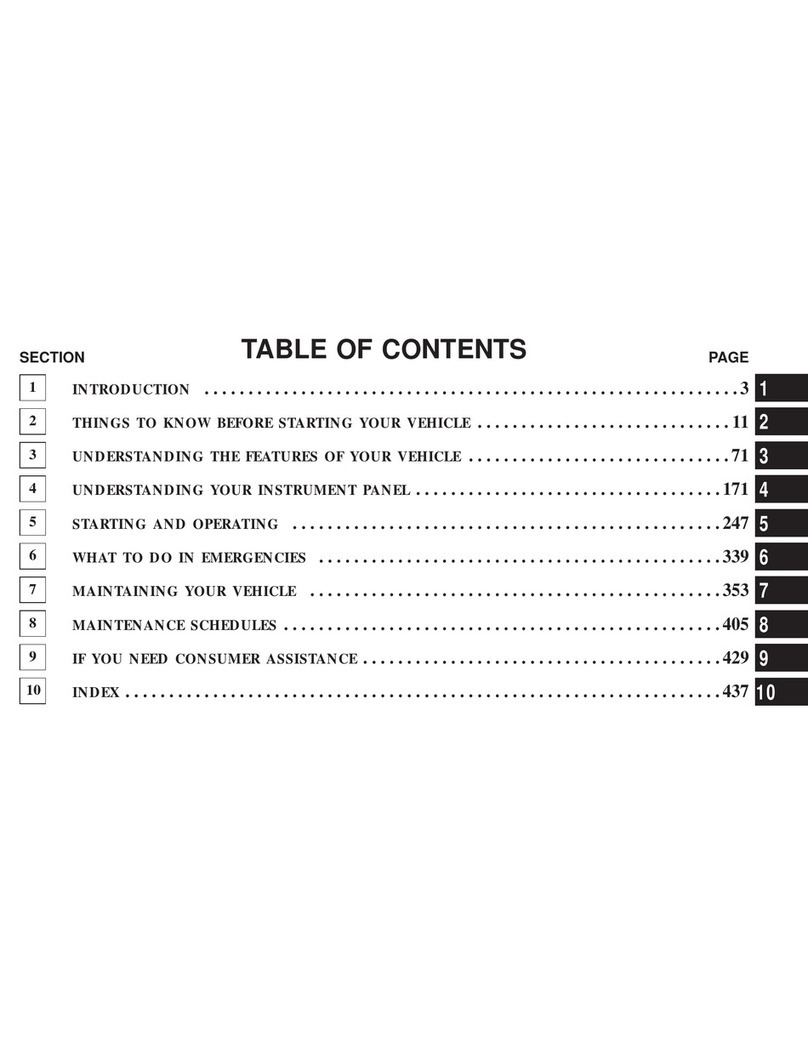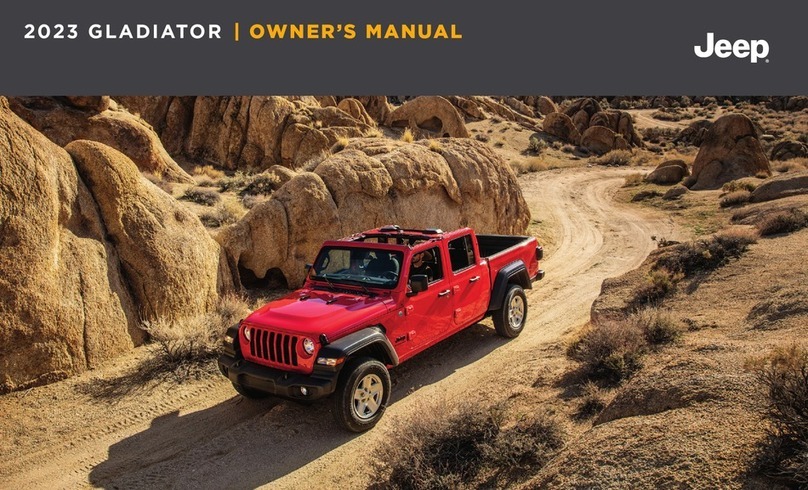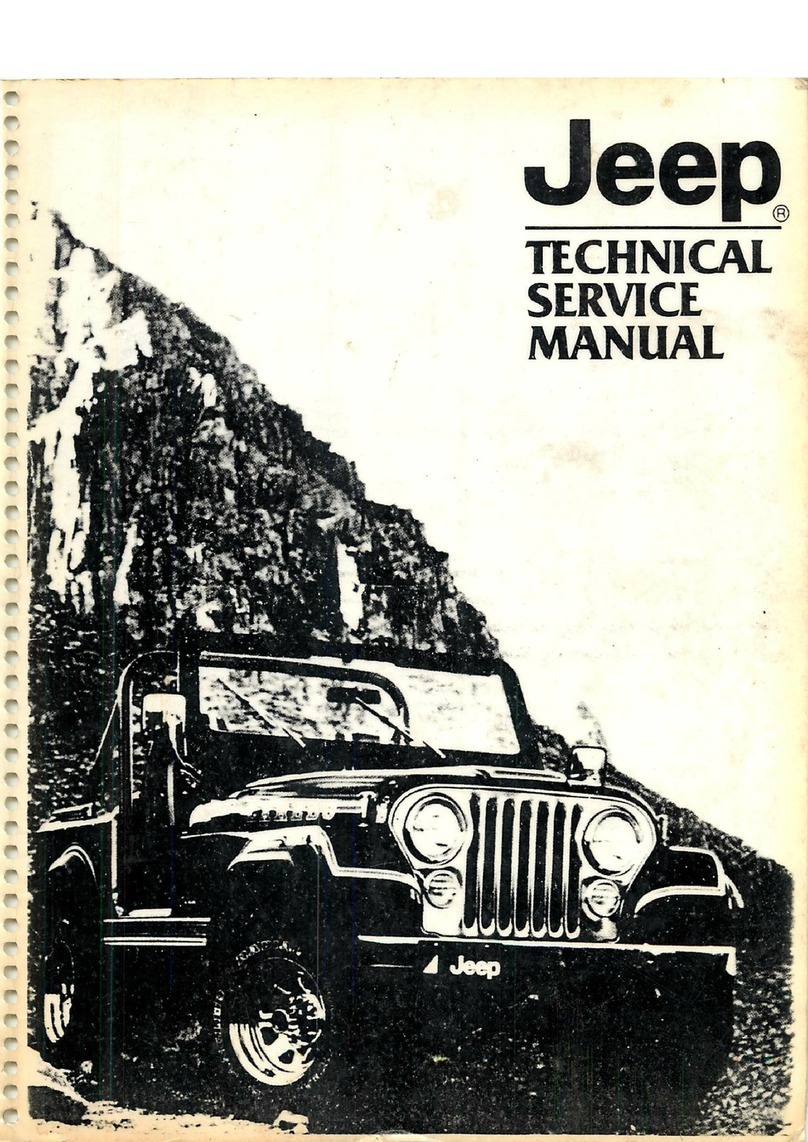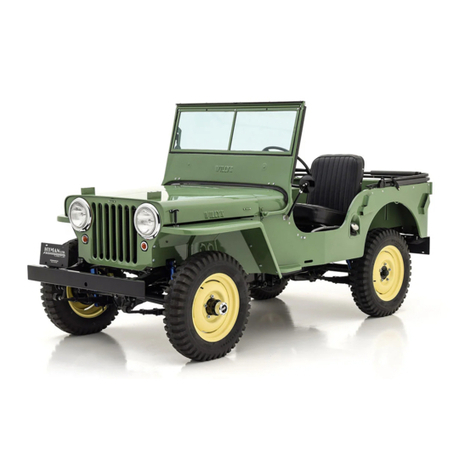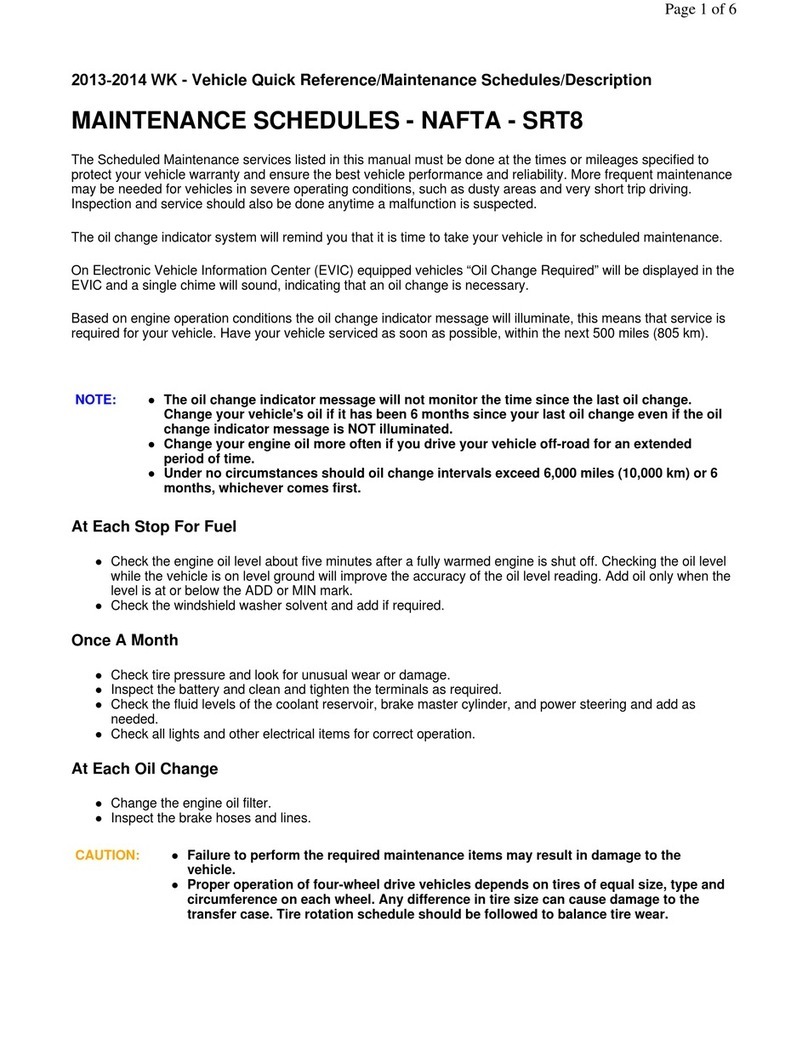
The CAB continuously monitors the wheel speed
sensors. When a wheel locking tendency is detected,
the CAB will command the appropriate HCU valve
to modulate brake fluid pressure to that wheel.
Brake pedal position is maintained during an an-
tilock stop by being a closed system with the use of
3 accumulators. The CAB continues to control pres-
sure in individual hydraulic circuits until a wheel
locking tendency is no longer present. The CAB
turns on the pump/motor during an antilock stop.
The antilock brake system is constantly moni-
tored by the CAB for the proper operation. If the
CAB detects a system malfunction, it can disable
the antilock system and activate the ABS warning
indicator. If the antilock function is disabled, the
system will revert to standard base brake system
operation.
The CAB inputs include the following:
•three wheel speed sensors
•brake lamp switch
•ignition switch
•battery voltage
•diagnostic communication (PCI BUS)
•G-sensor (internal acceleration sensor)
The CAB outputs include the following:
•six valve/solenoid drivers
•pump/motor actuation
•ABS warning indicator actuation
•diagnostic communication (PCI BUS)
3.1.5 HYDRAULIC CONTROL UNIT
The hydraulic control unit (HCU) contains the
valve block assembly, and the pump/motor assem-
bly.
Valve Block Assembly: The valve block assem-
bly contains 6 valves with three inlet valves and
three outlet valves. The inlet valves are spring-
loaded in the open position and the outlet valves are
spring loaded in the closed position. During an
antilock stop, these valves are cycled to maintain
the proper slip ratio for each channel. The CAB
monitors wheel speeds. If the CAB detects a wheel
deceleration that is disproportionate to the other
wheels, it will close the inlet valve to that wheel.
This prevents any increase in fluid pressure. If the
wheel continues to decelerate disporportionately,
the CAB opens the outlet valve for that wheel to
release fluid pressure from that channel. The re-
leased fluid is routed to the accumulators. When the
wheel speed is no longer disproportionate to the
other wheels, the inlet valve will return to its
normally open position and the outlet valve will
return to the normally closed position.
Pump/Motor Assembly: The pump/motor as-
sembly provides the extra amount of fluid needed
during antilock braking. The pump is supplied fluid
that is released to the accumulators when the outlet
valve is opened during an antilock stop. The pump
is also used to drain the accumulator circuits after
the antilock stop is complete. The pump is operated
by an integral electric motor. This motor is con-
trolled by the CAB. The CAB turns on the motor
when an antilock stop is detected. The pump con-
tinues to run during the antilock stop and is turned
off approximately 3-5 seconds after the stop is
complete. The CAB monitors the pump/motor oper-
ation internally.
3.1.6 SENSORS
Wheel Speed Sensors and Tone Wheels: One
wheel speed sensor (WSS) is located at each front
wheel and another mounted to the rear axle. Each
sensor sends a small digital signal to the control
module (CAB). The CAB sends 12 volts to the
sensor. The sensor has an internal magneto resis-
tance bridge that alters the voltage and amperage
of the signal circuit. This voltage and amperage is
changed by magnetic induction when a toothed
sensor ring (tone wheel) passes by a stationary
magnetic sensor (wheel speed sensor). The CAB
measures the voltage and amperage of the digital
signals for each wheel.
The front wheel sensor is attached to the hub
housing. The tone wheel is an integral part of the
front hub. The rear speed sensor is mounted to the
axle housing. The rear tone wheel is bolted to the
ring gear inside the rear differential housing. The
wheel speed sensor air gap is NOT adjustable.
Because of internal circuitry, a resistance
check of wheel speed sensors will not deter-
mine correct or incorrect function.
Correct antilock system operation is dependent
on wheel speed signals from the wheel speed sen-
sors. The vehicle’s wheels and tires should all be the
same size and type to generate accurate signals. In
addition, the tires should be inflated to the recom-
mended pressures for optimum system operation.
Variations in wheel and tire size or significant
variations in inflation pressure can produce inaccu-
rate wheel speed signals; however, the system will
continue to function when using the mini-spare.
When driven over rough road surfaces, the rear
wheel speed sensor signals may be erratic and
cause a false trouble code.
G (Acceleration) Sensor: The CAB monitors
the acceleration sensor at all times. The sensor
assembly contains three mercury sensors that mon-
itor vehicle deceleration rates (G-force). Sudden
rapid changes in vehicle and wheel deceleration
rate trigger the sensor, sending a signal to the CAB.
The sensor assembly provides three deceleration
rates; two for forward braking and one for rearward
3
GENERAL INFORMATION
ProCarManuals.com
